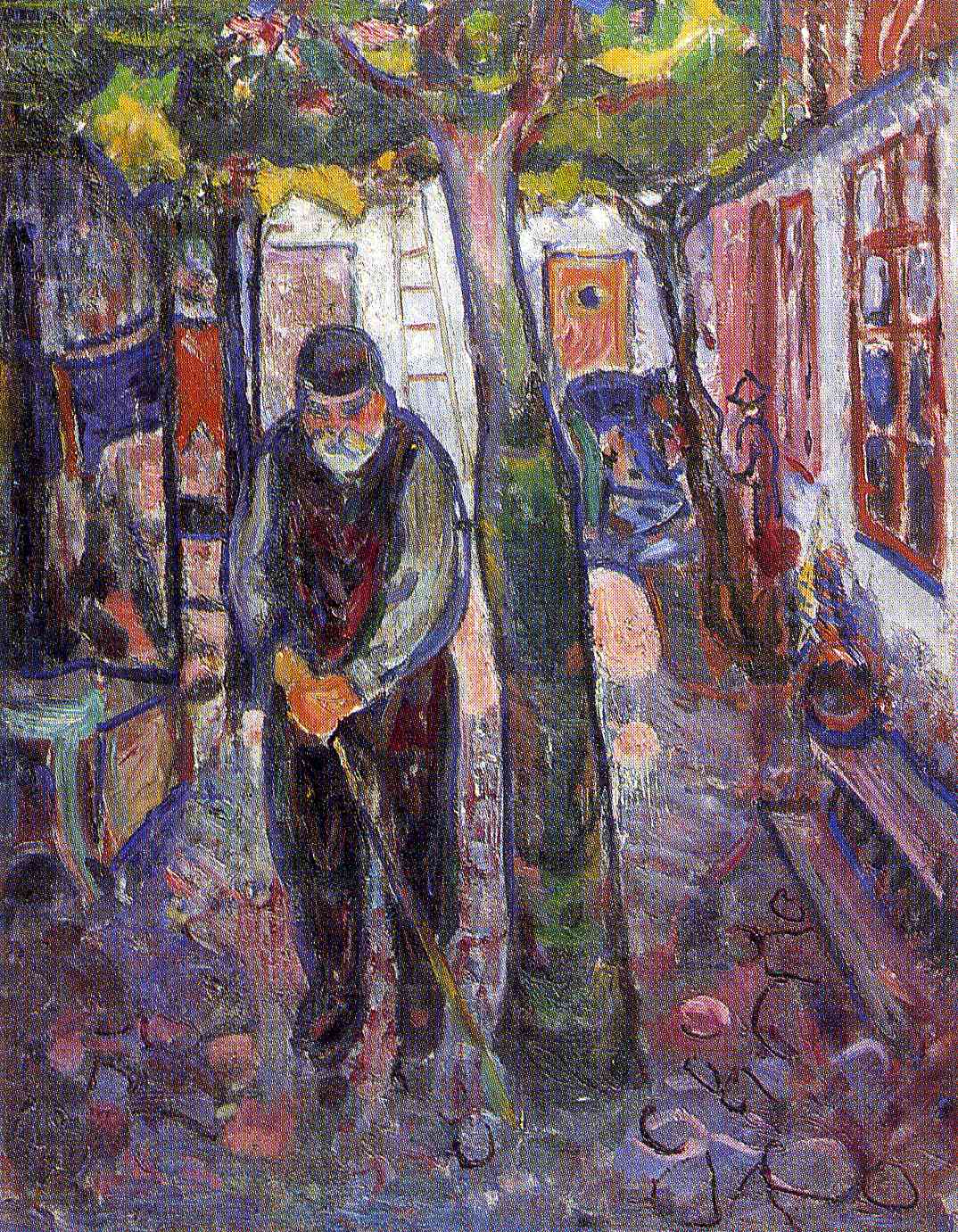In this final session we will consider how artists visualized their own bodies as aging, both as lived experience and in depictions. Since modern art was a movement associated with youthful rebellion, and as the female body was one of the most commonly depicted motifs, aging represents a special challenge for women as both subjects making art and women whose bodies were objectified in art. Likewise, in contemporary discourse the virtuosity of male artists was often equated with virility. Loss of musculature, vision, and impotence challenged the essence of self. In this session, we will consider the aging body as present and absent, distorted or realistically depicted, in the work of several artists who were active between 1889 and 1980.
Edmund Munch, Old Man in Warnemunde, 1907.



